I recently came down with strep throat. At least, I think it was strep throat.
No, I didn’t go to the doctor’s office and spend hundreds of dollars on a throat culture. Instead, I put my nursing degree to good use and made an educated guess. I mean, I had all the symptoms so I’m pretty certain it was strep.
Anyway, it was just my luck that I came down with said infection just as my family and I left for Washington D.C. on vacation. Hello… walking everywhere! It was also just my luck that I didn’t bring my herbal first aid kit with me so I had none of my normal herbal allies to come to my rescue.
Once I was sure I was really sick, I didn’t know what to do. Should I go to the doctor? It would cost a fortune, and they would insist on giving me antibiotics. Did I tough it out? I was already miserable and our trip was just getting started.
And I Call Myself An Herbalist
You’d think that by now I’d know that when you’re traveling hours upon hours away from home (and with kids), that it is a good idea to be a little more prepared, especially for random sicknesses.
You know, something for nausea, something for bleeding, something for colds, something for infections. You get where I’m going with this.
But no. Not me! I was feeling great before we left and the thought of bringing anything more than what I already had wasn’t even a thought I was going to entertain… until I ran a fever that is.
All I could think about was the fact that we had DAYS of activities planned, and I couldn’t walk without every joint and muscle in my body protesting. Honestly, I’d completely forgotten about all the excitement of our vacation. Instead, I was trying to figure out where I could get my hands on the one herb I needed to make it through the weekend.
Where’s My Echinacea Root Tincture?
Echinacea is an amazing herb, y’all. One that I think everyone should have in their home apothecary in some form or another, but especially in the form of an echinacea root tincture.
You see, echinacea has antibacterial properties and has been used since ancient times for strep throat and various other infections. It not only stimulates the immune system, but it also makes you salivate and numbs your mouth when taken correctly (Buhner, 1999). Each of these things can help support the body during an infection.
But echinacea isn’t only used for strep infections. It can be used for other bacterial infections (or to help prevent them from occurring) as well. Animal bites and blood infections are both common reasons to use echinacea as are venomous bites and stings (Wood, 2009).
Echinacea has even been used successfully for viral illnesses like the common cold.
This is the focus of my mini-course – How To Use Echinacea Correctly During Cold & Flu Season. There I teach you why echinacea is such a great herb to use for viral illnesses, the specific actions it has in your body, which species of echinacea is the best one to use, how to actually use it to get the best results (including recommended dosages), and even when you should not use echinacea.
Sure you can use echinacea in tea form. In fact, many immune boosting herbal teas have echinacea root as a primary ingredient, but I prefer the tincture when using it for an active infection like a cold or strep throat. Having your own homemade echinacea root tincture on hand is all you need to get started caring for a cold (or other viral illness) naturally. Knowing how to use it is the next step, but you can learm more about how to do that right here.
The Stocked Herbal Apothecary
Now, all of this is just great if you have an echinacea root tincture handy, but this poor, sick woman was simply out of luck.
You see, echinacea root tinctures are a part of my fall traditions just as elderberry syrup is. I usually make a good-sized batch of it every year, and it’s one herbal staple that will always be found in our home.
Making a good-quality echinacea root tincture isn’t hard either. It’s one of those things that anyone can do. (Yes, I’m talking to YOU!) It requires a little bit of work at the beginning of the process and then again at the end, but there’s not that much involved in the middle. And, yes, it’s totally worth the time and effort you do put in. Not only will it come in handy, but it lasts a long time and will save you a ton of money!
Let me quickly pause from my sickness story to share how to make a homemade echinacea root tincture with you because you simply MUST have one on hand.
How To Make A Homemade Echinacea Root Tincture
This tincture can be made once and it will last years if stored properly. It’s a 1:5 ratio tincture using 70% alcohol (suggested by herbalist Stephen Buhner in his book, Herbal Antibiotics), and it will end up making just over 4 ounces of tincture.
Ingredients:
- kitchen scale
- 1 ounce dried echinacea angustifolia root (or 2 ounces of fresh)
- 1.5 ounces of distilled water
- 3.5 ounces of 190-proof grain alcohol
- glass mason jar (pint size or larger)
- 4 oz. colored dropper bottle
Directions:
First thing’s first. Turn your scale on and make sure it is set to “ounces” not “grams.” Next, put a glass jar on your scale and press the “tare” button so your scale doesn’t weigh your jar. Finally, add your echinacea root to your jar until your scale measures 1 ounce. Set this aside and turn your scale off.
(Ignore the measurements in my photos as I was making a much smaller amount of tincture than you will be.)
Next, you need to measure out 1.5 ounces of distilled water and 3.5 ounces of your alcohol. This will give you the 70% alcohol content that’s suggested for this tincture.
(If you can’t find a high-proof alcohol, see if you can find one that is already 70-80% (140 – 160-proof) on its own. This will get you close enough to the percentage needed for this tincture and you can just skip the water portion of the recipe.)
Lastly, pour your water/alcohol mixture over your herbs, put the lid on the jar tightly, and shake well. As you can see from the photo above, you will have just enough liquid covering your herbs. This is perfect!
Put your jar away in a cool, dark place and let it sit for 6 weeks. This will give you a nice strong tincture.
As your tincture sits (this is called “maceration”), you’ll notice that the roots will swell and absorb some of your liquid. If the liquid drops below the level of the herbs, don’t worry. Just add a wee bit more alcohol to cover the herbs, and you’ll be good to go.
You’ll also notice that your liquid is starting to look white and cloudy. This is a good sign and not a sign of spoilage. This is because of inulin, a chemical released by the roots, which is a prebiotic and very good for your body. Google it for extra credit!
When time is up (6 weeks), pour the contents of your jar through a mesh sieve into a measuring cup. You should have right at 4 ounces. If not, take a metal spoon and smash your roots down to squeeze the extra liquid from them. You can also tie them up in a clean piece of cotton or muslin cloth and squeeze them to death. That will work too!
Lastly, compost your herbs (or throw them out in your yard). They are used up and can’t be reused. Let them fertilize your plants instead of dumping them in the trash. Pour your liquid into your colored glass jar, and label with your tincture name, ratio, and date. You can see an example below.
1:5 in 70% alcohol
10-05-16
And that is it! You are done! Store your bottle appropriately, and you’re ready to use it whenever you need it.
Now, back to the story.
Natural Health Food Stores To The Rescue
Thankfully, even though I didn’t have my echinacea root tincture, all hope was not lost.
When we were close to our hotel, my sweet hubbie found a nearby Whole Foods so I could buy an echinacea root tincture to get me through the weekend. I purchased a great quality tincture from a company I trust and began taking it immediately. I quickly calculated my dose and made sure that I took it every single hour while I was awake. All that was left for me to do was cuddle up in my comfy hotel blankets, let my fever do its thing, coat my throat in echinacea root tincture hourly, and wait.
Patience, Commitment, and Good Results
To be honest with you, I didn’t feel any better for the first 24 hours. I still had a fever, body aches, and a very swollen, painful throat. Walking around the next day was no fun even though I opted to take some ibuprofen to help with the pain in my joints. I’m not big on taking over-the-counter pain meds, but when on vacation with my family, it seemed like the most reasonable thing to do. I certainly couldn’t stay in the hotel and sleep all day like I would have if I were at home.
We did end up coming home earlier than planned that day, but thankfully our hotel had a pool that the boys could swim in and a great cartoon channel. And my husband! What a trooper! He kept the boys busy, went out and got food, cleaned up, and more. I really didn’t have anything to worry about which was great!
As expected, about 24 hours after using the echinacea consistently, my fever went away and the body aches stopped. I felt 100 times better because it didn’t hurt to move although my throat was still swollen and painful. We were able to visit some museums and the zoo that day which meant a lot more walking, but I felt great the whole day and didn’t need any ibuprofen. I kept up my hourly doses of echinacea root tincture for 2-3 days just to be on the safe side. Even with that, the swelling in my throat didn’t go away for 2-3 more days, but every day I felt better than the one before it.
Now, I’m good as new, and I have even more respect for echinacea and how it can help support my body when it’s sick. I hope this post has encouraged you to learn more about herbs and how to use them. I know I’m always encouraged when I hear someone’s success story. It gives me hope and inspires me to do it too!
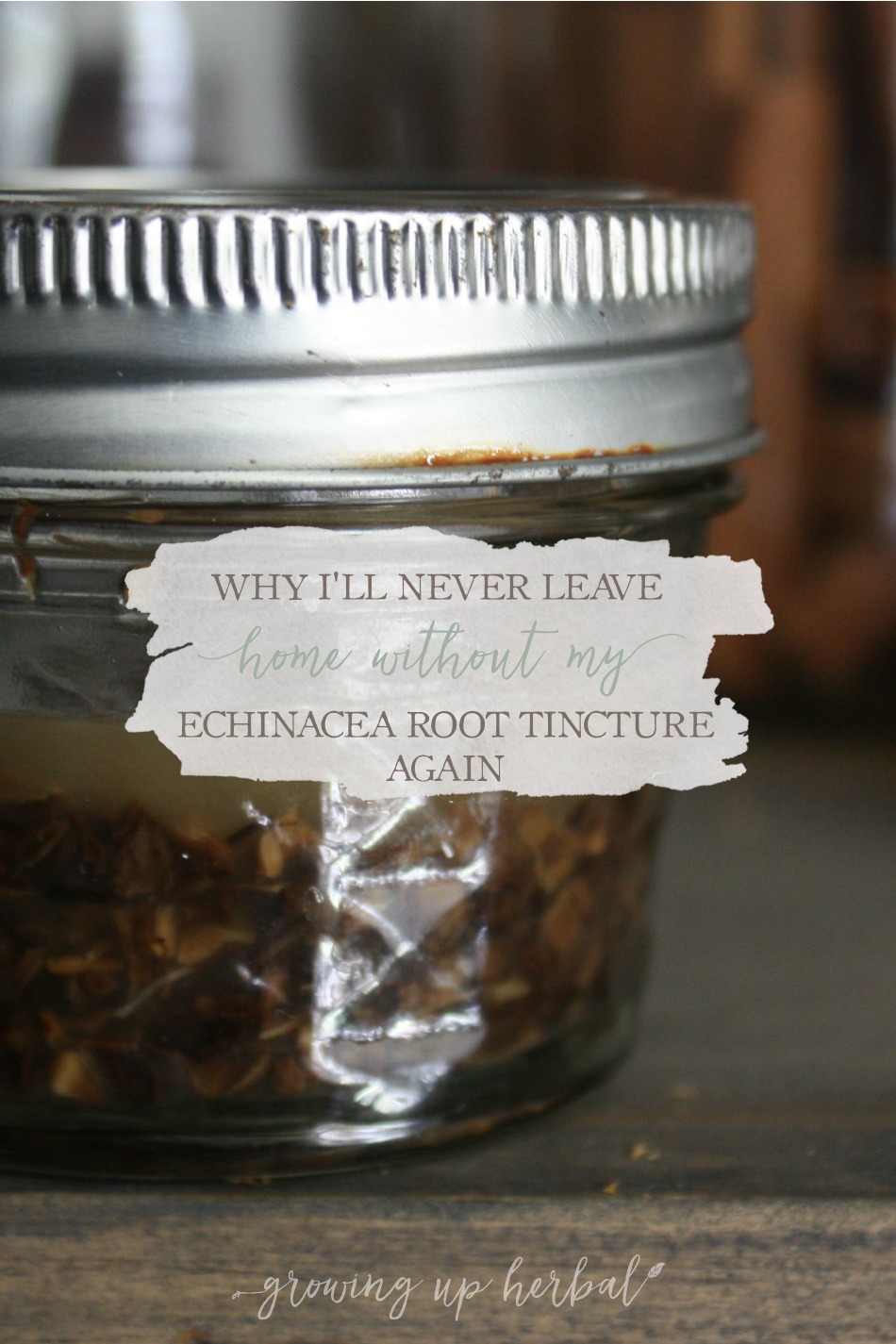
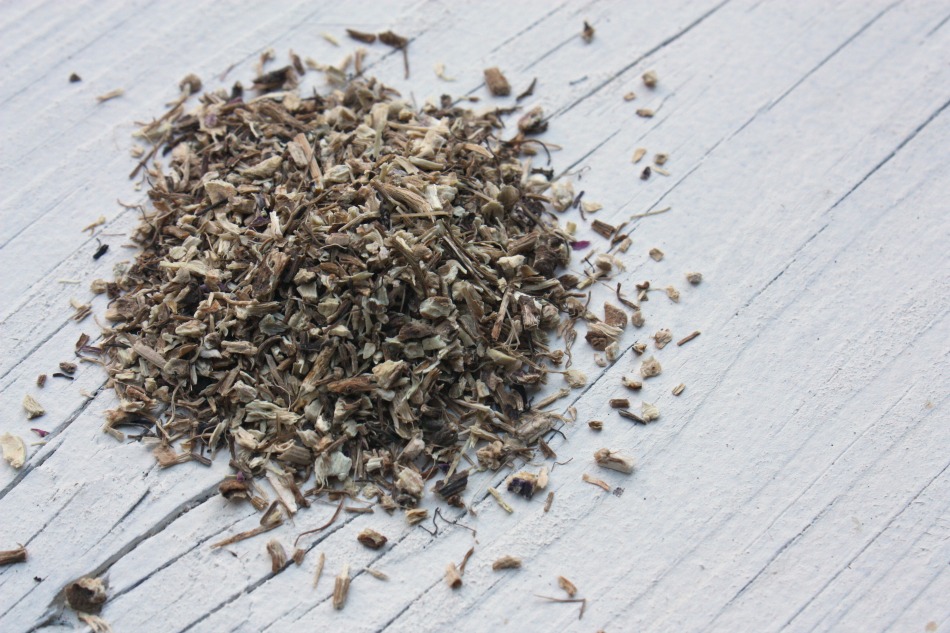
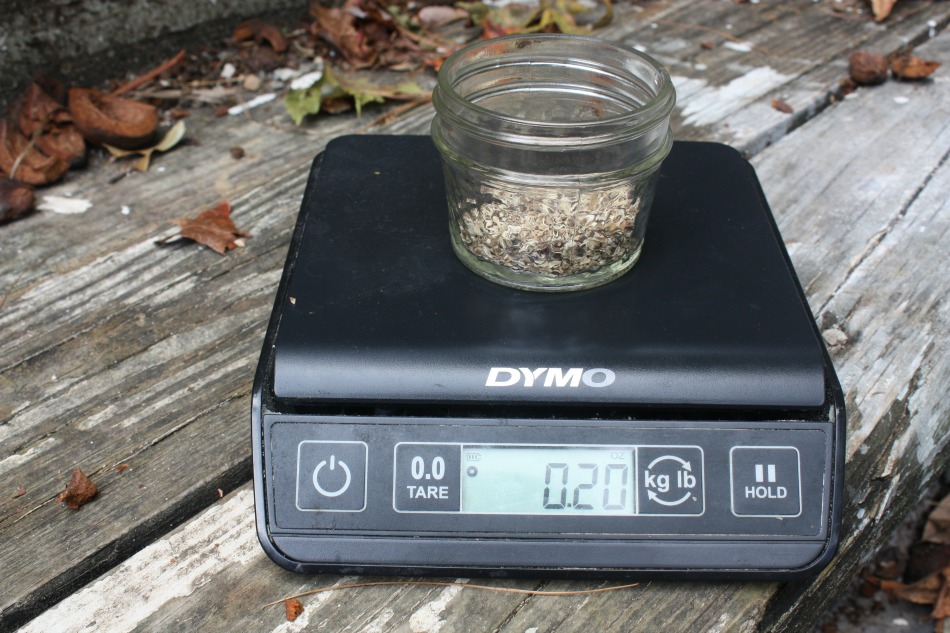
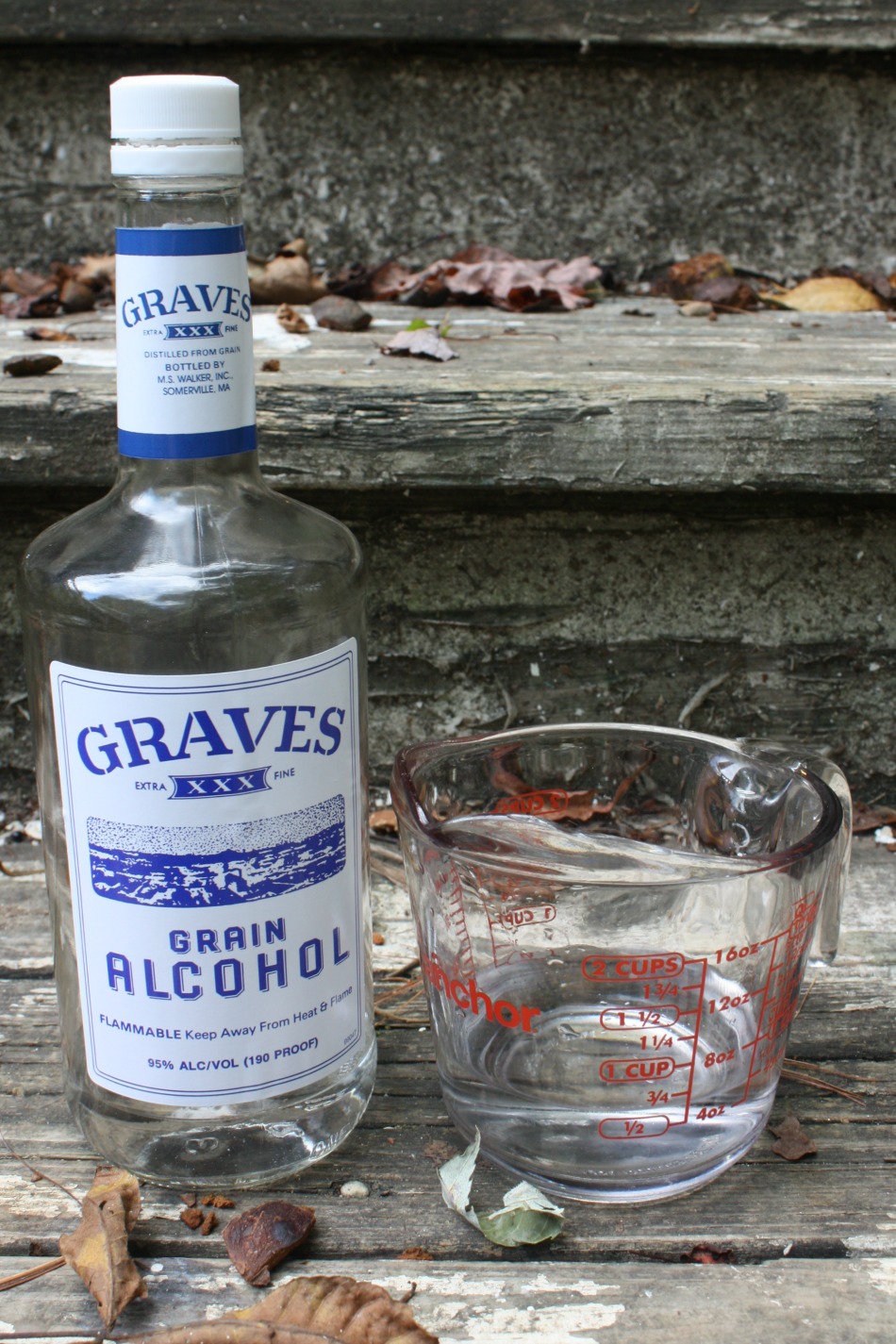
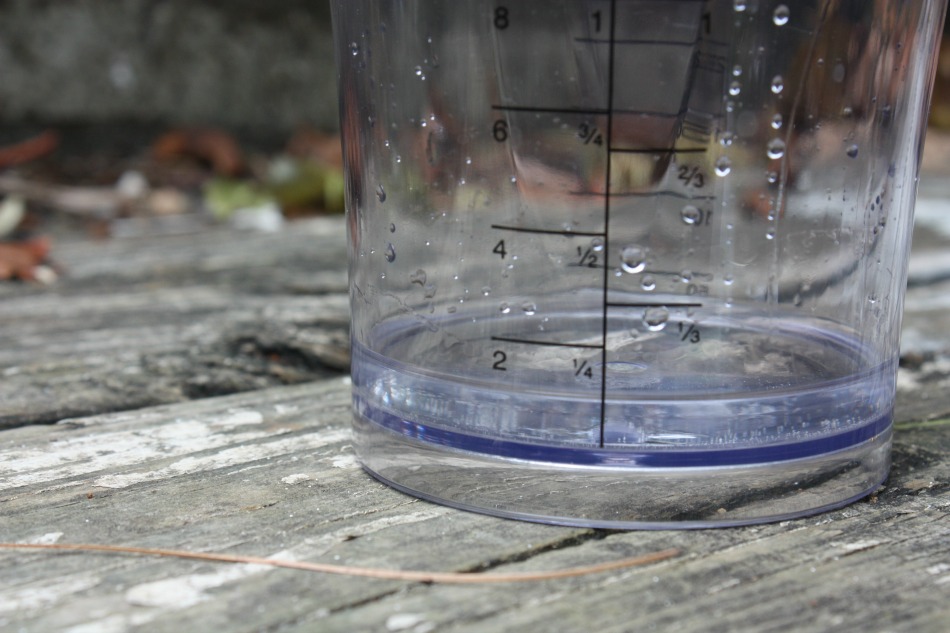
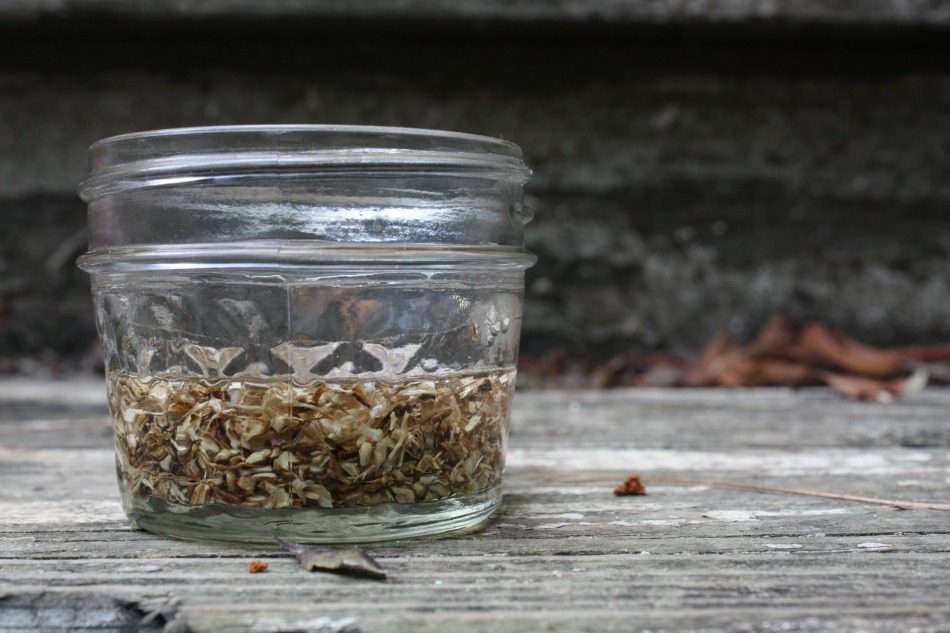
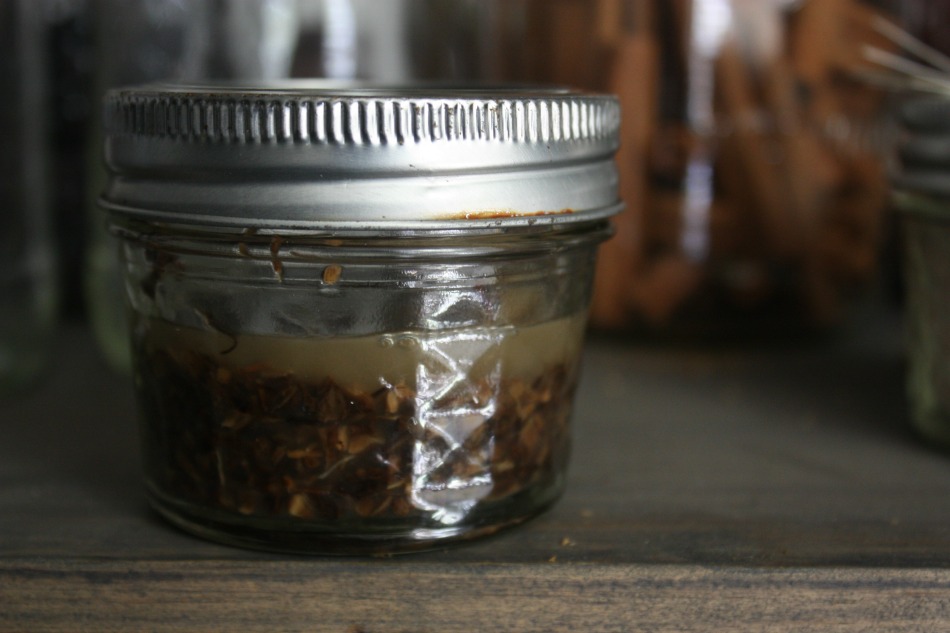
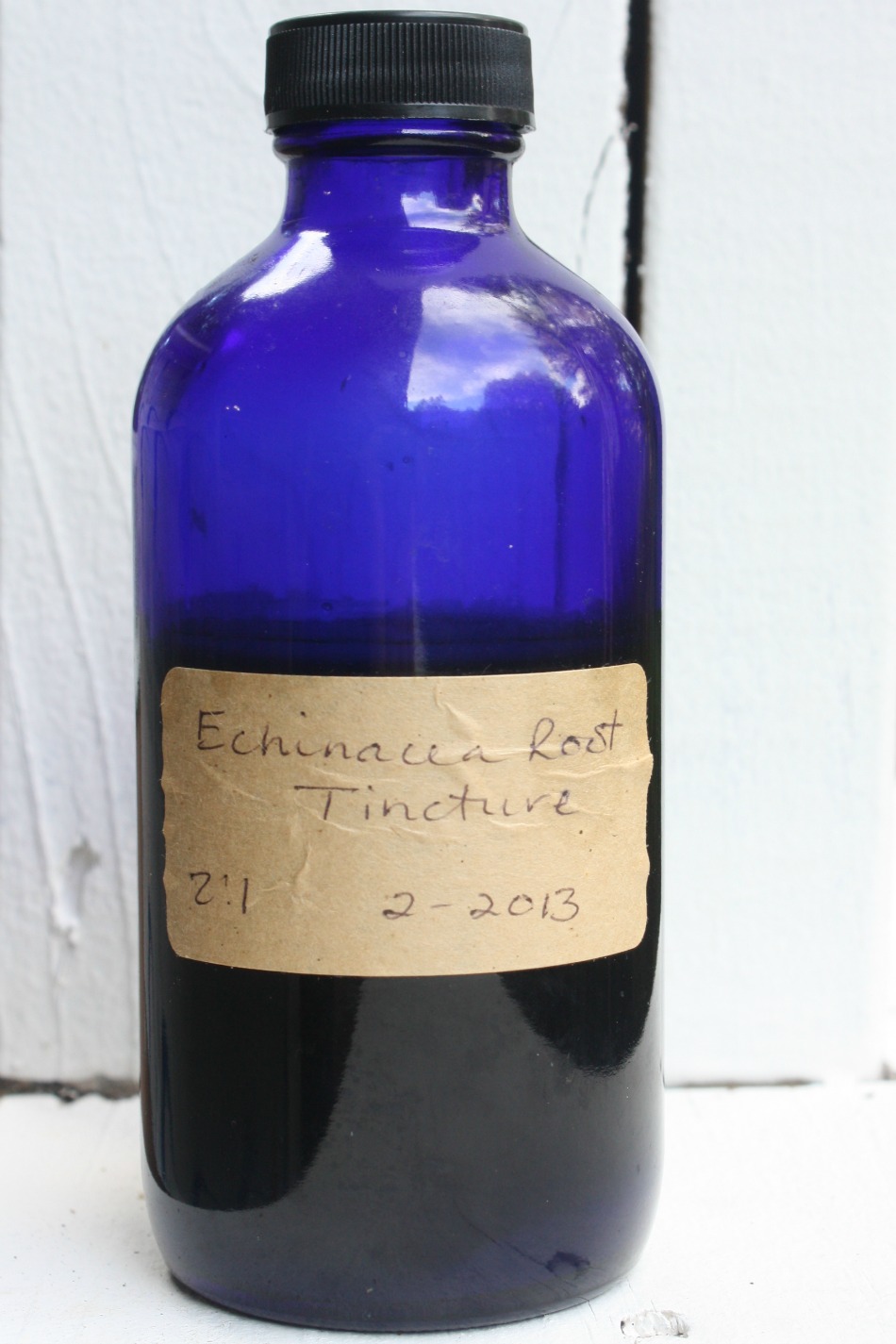
Sounds like you had something more viral. Either way it’s no fun being sick, especially when you’ve been looking forward to spending time with the family. Glad all was not lost!
[…] extensively for their ability to boost the immune system. Harvest these roots in the fall and make a tincture to help your body fight the common cold and […]
I love your page. I made several kinds of Salves this summer Daisy, dandelion and lavender. Wondering if there’s anything I can do with the center of the echinacea flower?
Typically the entire aerial portion (above-ground part) of the plant is used… not just the center. You can tincture it, infuse it in oil and then turn it into a salve, infuse it in honey, dry it and store it for teas. Echinacea is very versatile so there’s a lot that can be done with it.
Hi there, I recently put together an echinacea tincture using only 40% alcohol. I used dried herb, so I’m not worried about mold of any kind, but can you talk more about why you decided to use 70% alcohol instead of a lower percentage? I’m concerned primarily about the safety aspect, rather than the effectiveness of the tincture. Thank you!!!
Hey there, Payton. Sure thing. I generally follow Michael Moore’s recommendations for alcohol percentages and ratios when making herbal tinctures. You can find his free herbal materia medica here. This is worth printing and referring to everytime you make a tincture to ensure that’s it’s safe and effective. At least that’s what I do.
hi, I made some augustafolia root tincture last week. I went to shake it and it is looking green, like pond scum. the tincture I bought at the store looked dark amber but it was a purpurea. I couldn’t see your picture well enough to tell the color? I used organic vodka to cover.
Color can depend on the plant’s growing conditions, when it was harvested, how old the roots were, etc. There are so many factors. One thing that may be affecting the color difference between your homemade tincture and the store-bought one is that the store version may have been heated to increase the extraction time which will naturally cause the color to become darker, whereas unheated versions will be a bit brighter in color. Thankfully, both versions are fine and effective though.